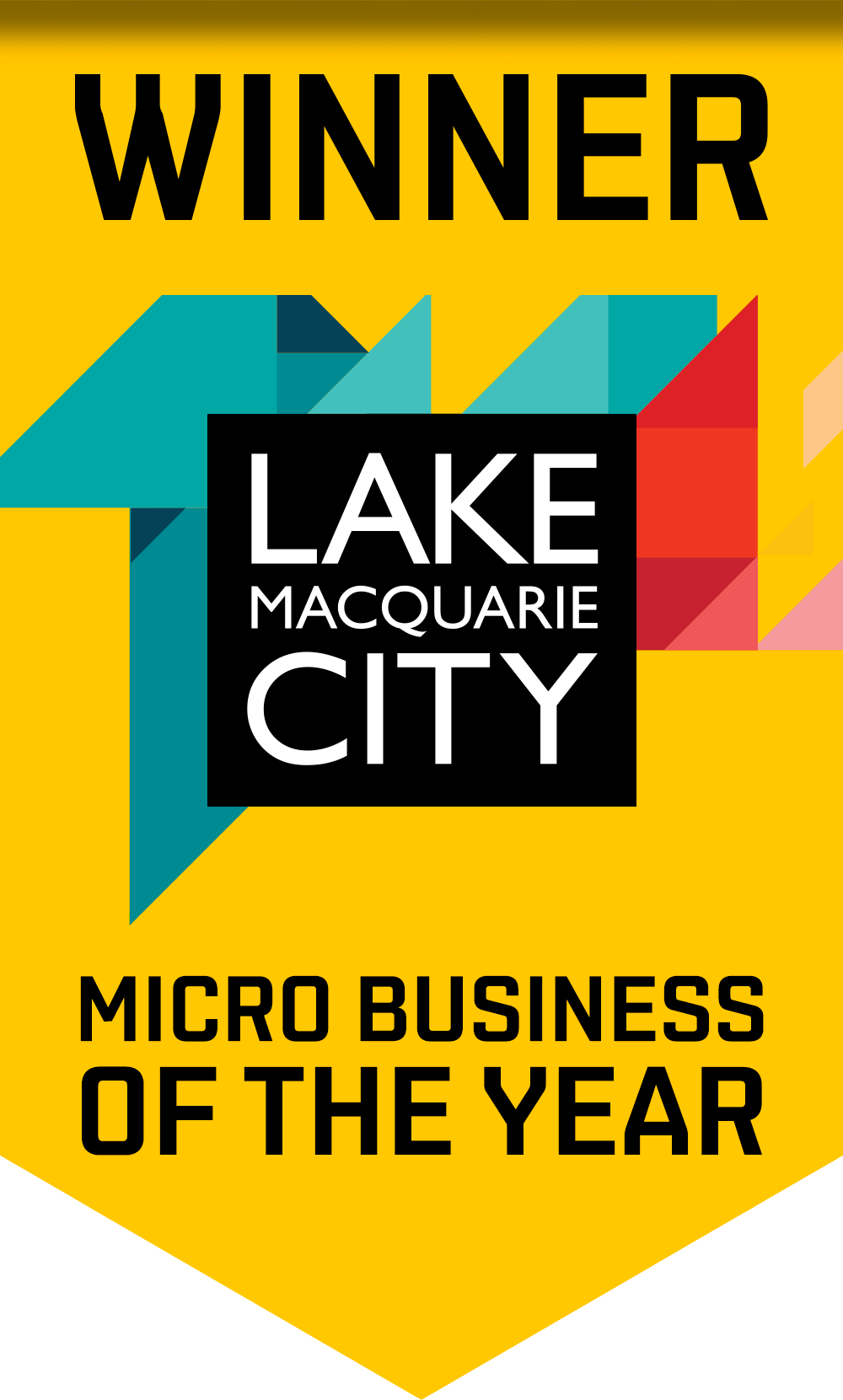How to design your Business Culture
A few weeks ago I was chatting with a potential client and in our conversation they asked how they could implement their own culture into their business. I paused for a moment and reflected on something they could understand and take steps to explain this. I then asked them how would they define Australian culture as this is something that most of us easily get. They responded with, Australia Day, kangaroo’s, the BBQ, thongs, green and gold… all of your typical icons that portray and give a clear sentiment of what Australian culture is all about.
I then went on to discuss how you can design your own culture by defining how you would like your own business culture to be using Aussie culture as a model to compare against. Once your cultural values and definition is agreed upon, you can then reverse engineer this to design your own internal brand through designing icons, uniforms, awards, internal and external events, internal communication and the like which will begin to bring this cultural vision to life through design.
What is Business Culture?
Culture in general refers to the ideas, customs, and social behaviour of a particular people or society. So like I mentioned above, when we think about Australian culture we look at Aussie icons, customs, attitudes and even colours.
Business culture looks at the internal aspects of a business. To determine business culture a business needs to have a set of beliefs, values and attitudes, if these are determined and are clear then the business will attract the clients and customers that they want.
An easy way to measure business culture could be to ask the question; “what behaviour are we willing to walk past without saying something?”. By asking this question you can see what beliefs, values & attitudes are held by the culture of your business and take steps to change it.
In a recent article I discussed ‘Who is your client avatar?’ In this article I briefly look at business culture, I suggested first looking at how you want to be perceived before defining your culture because ‘how you want clients to see the business’, will help you to determine your culture. For example if you want to be seen as a sophisticated, high end dress shop you would not have one of your business cultural values (what is important to your business) as bulk orders for low prices. More likely your business would value unique styles, lasting materials, quality products.
Some of the words on my list to define the psyborg® culture are; lean, functional, creative, aspirational, always adapting and driven, just to name a few. These beliefs, values and attitudes are displayed in my studio to remind me of my culture so that I continue to engage these characteristics within my business.
Once a business has defined their culture they seem to have a clear view of what they are all about. They can employ people based on whether or not they fit with the companies culture, they can produce products based on their culture and can sell their services based on this culture. Do they value quality or quantity. Do they believe in personal touches or quick delivery. Do they take a formal or informal attitude. None of these things are right or wrong, they simply will help determine many things about a business, from who to employ to how you advertise and everything in between.
To illustrate this let’s look at two very different brands selling similar items. Myer and Kmart. I think, if you know these two companies and the range of products they sell, you could determine straight away the one with the formal attitude. Who values quantity over quality and who allows for personal touch or quick delivery. Obviously Myer sells quality products, employs a formal attitude and values that personal touch. If you walk into Myer you expect to pay a higher price for products that will last, you count on the staff to act in a formal and sophisticated manner and look for that personal touch by asking staff for assistance on what products would suit your needs. Although the culture of the two stores are very different, they are both successful businesses.

Implementing culture
Once culture has been determined this allows for everything else to start to come together to bring that culture to life. The culture can be used as a basis for everything else and should remain in the forefront of the business. As I mentioned above culture is an internal aspect of the business, by creating this culture internally you will attract the clients and customers who match your client avatar.
Internal brand
So you’ve got your cultural values outlined, now we want to emphasise those beliefs to our employees to bring this culture to life.
We can say what our business culture is but to make it become alive it needs to be practiced in our business every day. This can be done by internal branding and design. Wear the uniform. Act in accordance with the cultural beliefs. Train staff to fit with the business culture. Just like in external branding consistency is key with internal branding when trying to create a culture within your business. Read more about the value of consistency in branding here.
Look at Bunning’s, staff are trained to be friendly and helpful and this is part of the companies culture. I am sure that not every worker in that store walks down the street saying hello to people or offering them help, but once that uniform is on and they enter their workplace they get into character.
Iconography
Business iconography refers to the visual images, symbols, or modes of representation collectively associated with a business.
Remember your culture while you create your iconography and once you have developed the visual images like your logo then this needs to consistently be used on everything, not only things customers or clients see but all the internal things as well. Internal communications; posters, memo’s, letterheads, intranet interfaces etc. This will help bring together your business and employees and help embed the culture into your business.
Remember the colour mentioned for Australia, green and gold! These became part of the culture because they were put on something and consistently used and seen and continue to be used and seen. When I think of Bunnings I think of Bunnings green. Target red. Cancer Council yellow. It has become part of their culture. psyborg® is black and white. What’s your colour?
Staff uniforms
Like the iconography this is another way to bring culture into your business and help create and maintain that culture. Having staff dressing in the uniform with the iconography and business colour or at least conforming to a dress code helps to build that team mentality. The culture is based around the business and its workers and this is yet another way to bring everyone in together looking the part and hopefully acting in line with the cultural values of the business.
Event design
Workshops, seminars, company Christmas parties! These are all a great way to bring that culture to life amongst the staff. Again it is about consistency and bringing those beliefs, values and attitudes into everything the business takes part in.
Event design is a great way to bring your culture to life in that it is a microcosm of what the overall business culture can look and act like. An event is a controlled environment where you can exaggerate your cultural values so that the memories are lasting so as to rub off into everyday working life.
Lead by example
If you are the boss or manager or just a committed worker you should lead by example. I remember as a young lad working in a fast food restaurant and working with many different managers. Most were pretty good role models and you knew the standard they expected. One manager, who clearly did not like or take his job seriously would often slack off. At the time this was great news for staff because it meant they could sit back and relax al little, talk to co-workers and slack off a bit. Unfortunately this did not go with the company culture and in no way helped embed that culture amongst the young and impressionable workers. If you lead by example and set clear expectations the business culture will benefit.
To Sum Up
A culture does not just happen. The Australian culture was formed over many years and still changes with time. For a culture to become a culture certain attitudes and behaviours needs to become the norm. So determine a vision for your business culture and design these values into everything that is done in your business. Convert these cultural values into metaphors that can be expressed visually and functionally via internal elements such as internal signage, wall graphics, stationery, wall colours, uniforms and most importantly once you define it, be consistent!

Daniel Borg
Creative Director
psyborg® was founded by Daniel Borg, an Honours Graduate in Design from the University of Newcastle, NSW, Australia. Daniel also has an Associate Diploma in Industrial Engineering and has experience from within the Engineering & Advertising Industries.
Daniel has completed over 2800 design projects consisting of branding, content marketing, digital marketing, illustration, web design, and printed projects since psyborg® was first founded. psyborg® is located in Lake Macquarie, Newcastle but services business Nation wide.
I really do enjoy getting feedback so please let me know your thoughts on this or any of my articles in the comments field or on social media below.
Cheers Daniel


Awesome Dan! Another great insight into your train of thought. Lots to think about here and it was an article that had me thinking about our culture, could I answer the questions you asked? what was our colour? what were our words? A Culture review and freshen up is now on my To Do list! I remember we did this a few years ago when we thought our culture was “Broken” and we were trying all these new things to try and fix it. In the end our staff said, It’s not broken, It’s still there, it’s just bruised! It just something that you always need to be mindful of and pay attention too and it will heal!
Thanks for your comment Sheena. Yes I remember and I know we have touched on this with your business in different aspects, and you’re right it is something that should always be within managements peripheral.
This is much easier when the vision for the culture is defined and then made real through intentionally designed practical metaphors located in the business which act as reminders and instigators for the desired culture.
As you know I’d love to work with you guys more on this which could also coincide with the rebrand.
Just let us know any time if and when you are keen set up an initial discussion. Thanks again Sheena.